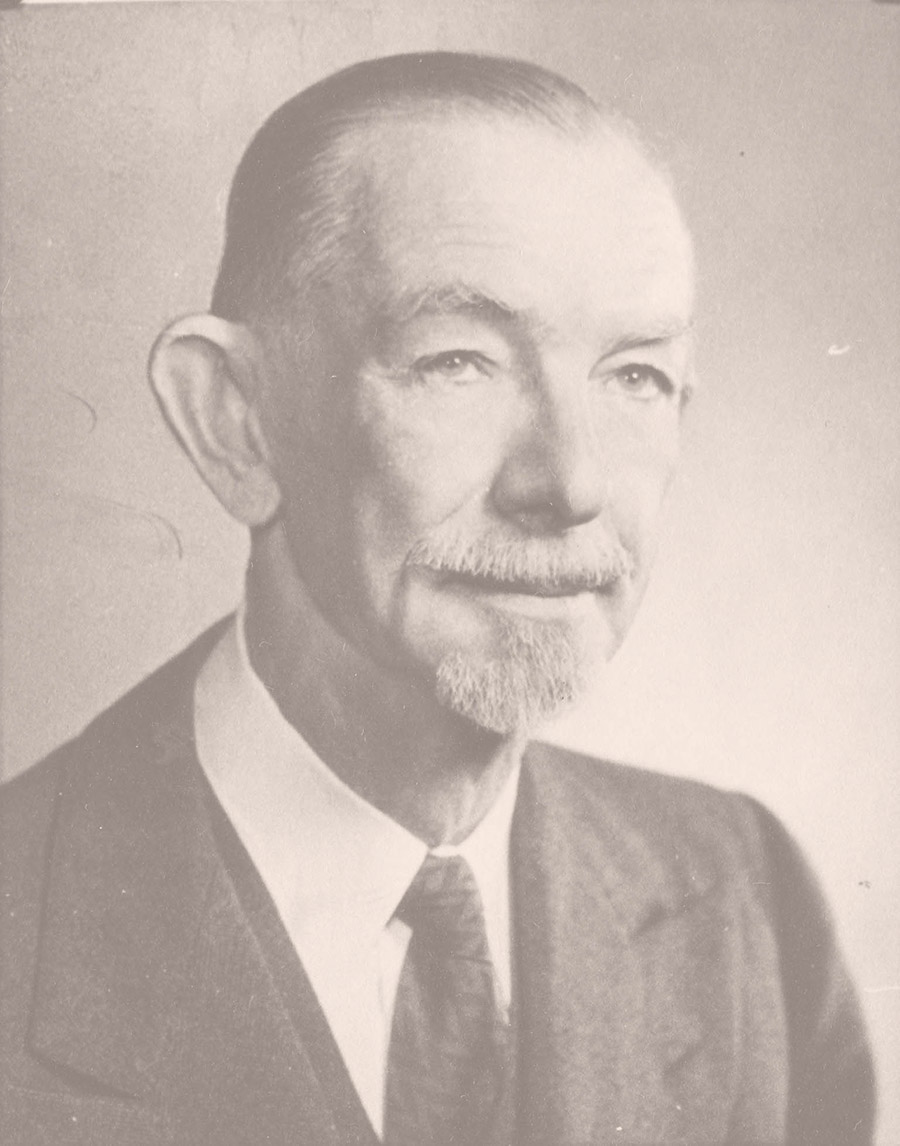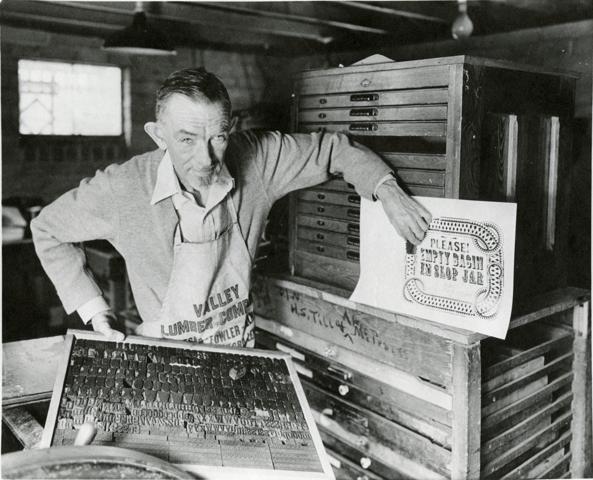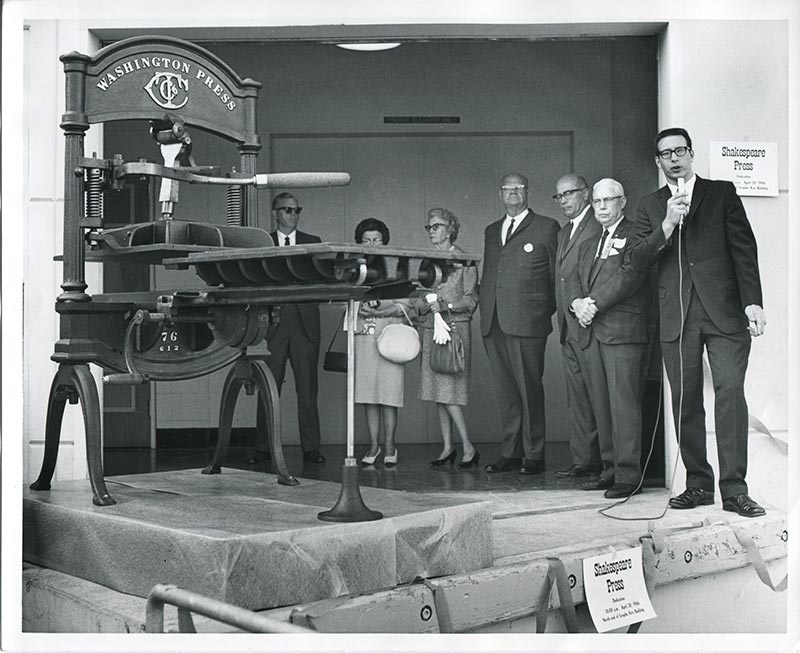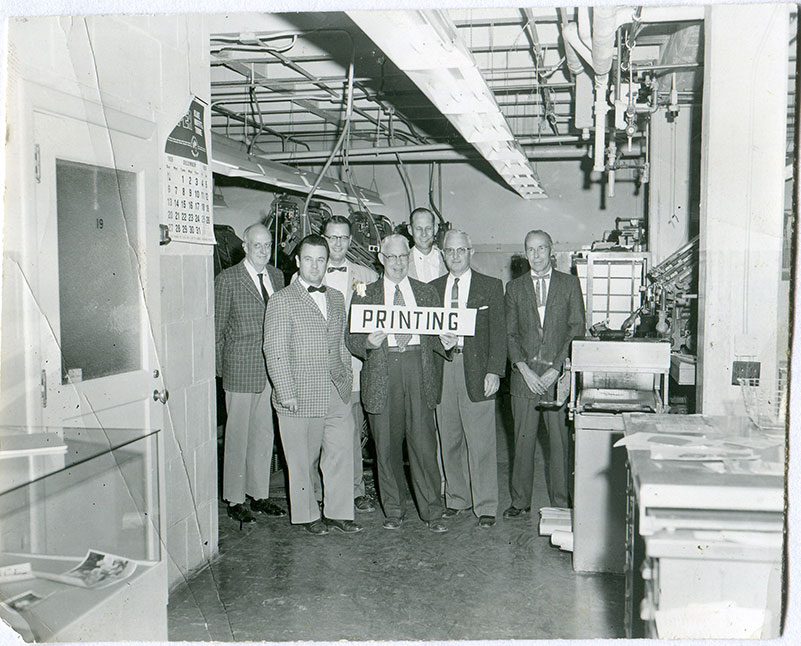




On November 4, 1896, Charles Leicester Palmer was born in Pigeon, Indiana. He was the first of four children born to Lucy Perkins Boalt Palmer and Asa Gardner Palmer, a “railroad man.”
While attending San Francisco Polytechnic High School, Palmer acquired the nickname “Shakespeare” from his passion for writing poetry. In 1918, Palmer joined the U.S. Army Coast Artillery School at Fort Monroe, Virginia.
When Palmer returned to California in 1920, he married Helen Olinger. From that year until 1934, he worked in newspaper shops in Northern California, where he gained experience and an appreciation for printing. Palmer worked for the Associated Press, and was also an editor and a journalist.
Shortly thereafter, Palmer's wife died in childbirth, so he and his newborn son moved to Fresno where he worked for the Fresno Bee as a copy editor. He remarried seven years later.
In 1934, Palmer was hired as an advertising man and publicity writer. Palmer was responsible for traveling to newspapers in California to market the company. In this role, he continued his relationship with newspapers, although now from the opposite side. Whenever he saw a derelict press, Palmer would arrange to buy, trade, or otherwise acquire it, building a collection of presses and type. Over the years he built an impressive collection, eventually naming his hobby press “The Shakespeare Press.”

Known as “Shakespeare” to his friends, Mr. Palmer spent his free time from the 1930s to the early 1960s locating and restoring historic pieces of printing equipment. His collection grew and became a historic model of the typefaces, printing presses, and other equipment used by printers of the American West during the late 1800s.


In 1950, Bert Fellows, the first head of the Graphic Communication Department, invited Mr. Palmer to display his collection in Cal Poly's newly established printing department. Mr. Palmer began sending his collection to the college.
After Palmer's death, the department officially dedicated the collection as a museum, and after an extensive period of restoration, it opened to the public on May 24, 1969.


The museum has expanded to include 18 working printing presses and several hundred cases of antique wood and metal type. The collection is used as both a museum and a working lab for typography and traditional printing. Cal Poly's students of Graphic Communication use the presses for coursework and other personal projects.